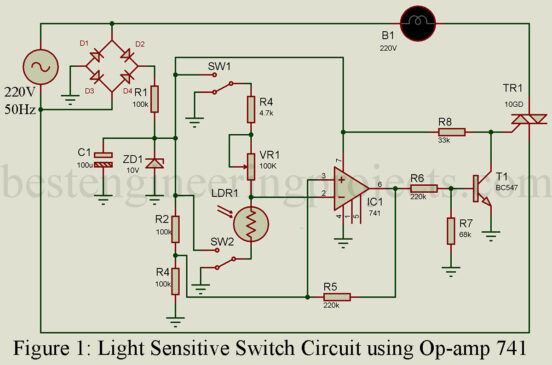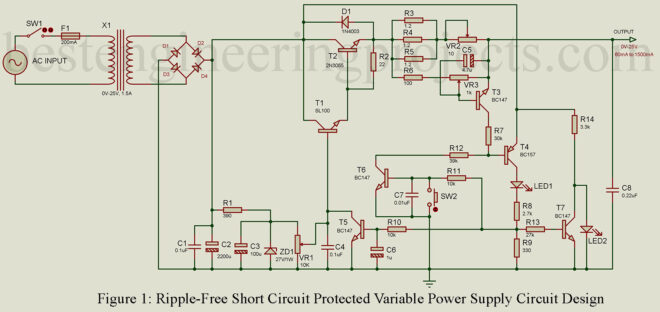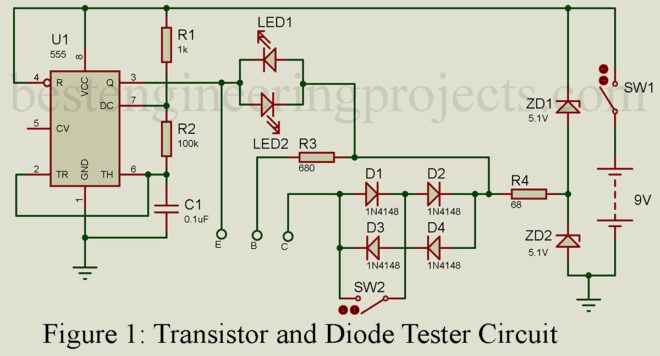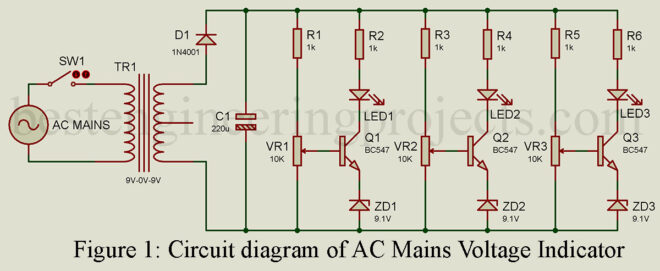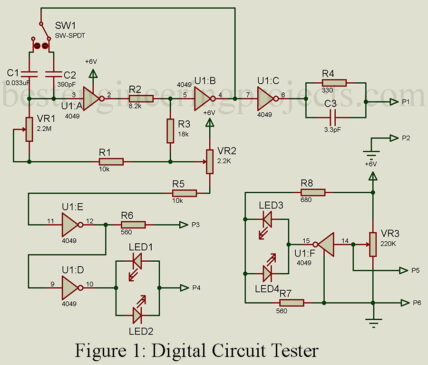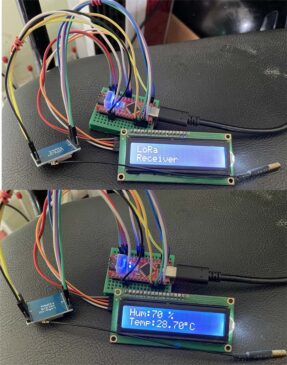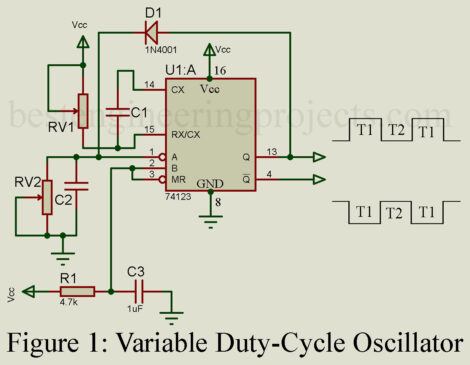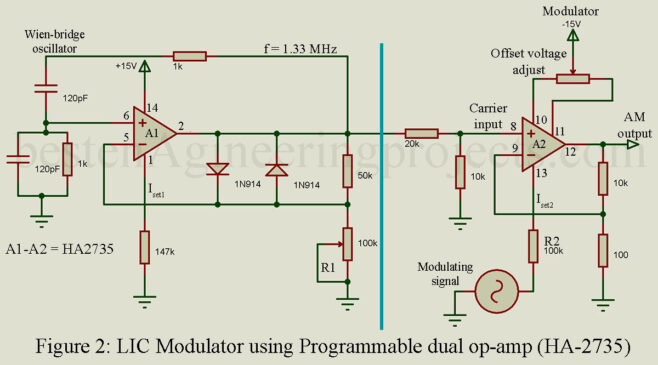The light-sensitive switch is an ingenious electronic device that responds to the intensity of light falling on it, enabling the automatic switching of lights. In this article, we will explore a simple, cost-effective, and user-friendly light-sensitive switch circuit utilizing the popular op-amp 741. This circuit operates based on light sensing, intelligently turning lights on or off according to the ambient light conditions. Description of Light Sensitive Switch Circuit using Op-Amp 741 To delve into the intricacies of this circuit, let’s divide it into two sections: the power supply and the…
Read MoreCategory: Electronics Projects
Ripple-Free Short Circuit Protected Variable Power Supply Circuit Design
Power supply circuits are an essential component of any electronic device, providing the necessary voltage and current required for the smooth operation of the device. A well-designed power supply circuit ensures that the device receives a stable and regulated power supply, preventing damage due to voltage spikes or current surges. In this article, we will discuss a ripple-free short circuit-protected variable power supply circuit design which is a highly efficient and reliable circuit that can provide precise and stable voltage and current outputs. The circuit is designed to maintain a…
Read MoreTransistor and Diode Tester using 555 IC
Transistors and diodes are fundamental components in electronics and play a significant role in many circuit designs. When it comes to incorporating these active components into a circuit, it’s crucial to ensure that they are working correctly. Therefore, it’s essential to have a reliable method to test transistors and diodes. Circuit Description of Transistor and Diode Tester using 555 IC In this article, we will discuss a simple yet effective transistor and diode testing circuit that can help you identify whether these components are functioning correctly or not. The circuit…
Read MoreAC Mains Voltage Indicator Circuit
An AC mains voltage indicator circuit is a very useful device that indicates the different levels of the mains voltage. This circuit utilizes three different LEDs to indicate the different ranges of voltage i.e. Low, Nominal, and High. It is important to know this information when you are working with electrical equipment because it can help you ensure that everything is working properly and that you are not overloading the circuit. Fortunately, you don’t need to be an electrical expert to build an AC mains voltage indicator. In fact, even…
Read MoreDigital Circuit Tester using 4049 IC
Digital circuits are an essential part of modern technology, and they power everything from smartphones to computers. However, detecting faults and troubleshooting digital circuits can be challenging, especially for those who are new to electronics. Here, we present a simple and versatile digital circuit tester that can help you identify problems in your circuits quickly and easily. Description of Digital Circuit Tester using 4049 IC The digital circuit tester described in this article is built around a CMOS hex inverter buffer CD4049 that contains six independent inverters labeled a-f. Inverter…
Read MoreInterfacing LORA SX1278 Module With Arduino
Long-distance communication (or constant data transmissions) has become essential to modern industries, the medical sector, and even the residential sector. These data include the status/outputs of sensors, operation logs of machines, images or videos, scheduled events, etc. Transferring these data between machines via wired or wireless medium without human input is called Machine-to-Machine communication (M2M). The same communication using a cloud platform instead of point-to-point becomes IoT. Realizing the growing demand for faster, more secure, and more efficient communication, technologies that enable long-range wireless communication were developed. Of many, “LoRa”…
Read MoreVariable Duty Cycle Oscillator using 74123 IC
IC 74123 is a digital IC called a dual re-triggerable monostable multivibrator or a one-shot. It has two identical circuits that can be used for things like generating pulses or delaying signals. You can use the IC 74123 by connecting it to other parts like resistors and capacitors and then using one of the trigger inputs. This will start a timing cycle that lasts for a certain amount of time, depending on the values of the other parts. One of the great things about the IC 74123 is that it…
Read MoreDIY Voltage to Frequency Converter Circuit
Voltage to Frequency Converter Circuit (VFC) is an electronic device that takes voltage as an input and generates a pulse train at a frequency proportional to the applied input voltage. A voltage to Frequency Converter can be regarded as a special type of Voltage-controlled Oscillator (VCO) designed to have a linear relationship between voltage and frequency over a wide range. VFC also provides low linearity error, temperature stability, and better performance than VCO. Applications of Voltage to Frequency Converter Circuit One of the applications of the VFC is the transmission…
Read MoreLinear Integrated Circuit Modulator
The process of generating high-quality AM signals economically is greatly simplified by the availability of low-cost specialty linear integrated circuits (LIC). This is especially true for low-power systems, where low-level modulation schemes are attractive. Linear Integrated Circuit Modulator using OTA As an example, the RCA CA3080 operational transconductance amplifier (OTA) can be used to provide AM with an absolute minimum of design considerations. The OTA is similar to conventional operational amplifiers inasmuch as they employ the usual differential input terminals, but its output is best described in terms of the…
Read MoreWater Flow Detection with Alert System using 555 IC
Sometimes we have to check the water supply pipeline from the municipal whether water is coming or not. Though the supply interval is fixed, the supply time may vary accordingly. It is quite possible to forget to switch on the motor, which results in no water in the reservoir. The article named, “Water Flow Detection with Alert System using 555 IC” is written to tackle such situations. In this article, you will learn to construct a simple water flow detector circuit. The circuit basically triggers the alarm when the water…
Read More